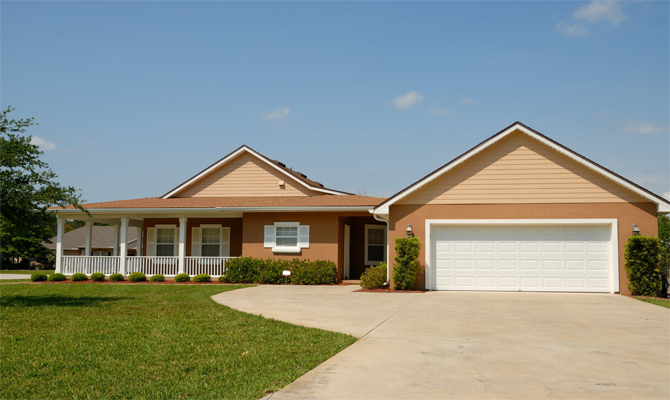“I don’t have that much cash,” lamented a credit union member. “There is no way I can put down 20% to buy a house.” So goes a stubborn misconception about down payments. A recent Forbes article noted, “There’s a big down payment myth that a lot of renters believe because they’ve heard it from their parents or other people that they need to put down 20% to buy a home.”
Fortunately, the idea that 20% down is a requirement is simply false. The question remains, however: “How much money do I need to buy a house?”
The first part of the answer depends on the loan product. For example, a typical conventional mortgage – that is, a loan your lender sells to an entity like Fannie Mae – will require a 5% down payment. First-time homebuyers can get away with putting only 3% down. On a $150,000 purchase, putting 3% down instead of 5% will save you $3,000. Then, there is the well-known FHA option. An FHA loan is insured by the federal government and usually requires 3.5%, making the down payment on our $150,000 house $5,250.
If 3% is too much, there are a few “no money down” options out there. For veterans of the US Armed Forces there is a VA loan, and for qualifying borrowers looking to buy in a rural area there is a USDA loan, both of which have no down payment. Additionally, Day Air has a No Money Down loan for qualified borrowers.
A down payment is not necessarily all of the cash you will need to buy a home. Borrowers will typically need to pay for items like closing costs and prepaids. Closing costs include items like the appraisal, recording of the mortgage, and so on. Prepaids are items the borrower must pay at the time of closing, most notably home owner’s insurance for the first year. While it is common for sellers to pay a portion of the buyer’s closing costs, borrowers should be prepared to have the down payment plus additional funds on hand in order to buy.
Also keep in mind that the down payment, in and of itself, should not be the only factor to consider. There are trade-offs with each loan program: for example, using our $150,000 scenario, a buyer might be tempted to take out an FHA loan for the 3.5% down payment; however, the FHA loan program requires borrowers to pay an up-front mortgage insurance premium at closing. Thus, it is possible for a borrower to actually shell out more cash using an FHA loan than she would have putting 5% down on a conventional loan.
Ultimately, simply be assured that you won’t have to save up a 20% cash down payment to buy a home. There are numerous options available. Borrowers should do their homework and consider the various loan features. When in doubt, seek out Day Air Credit Union‘s loan originators, who are prepared to guide you toward the best option.

